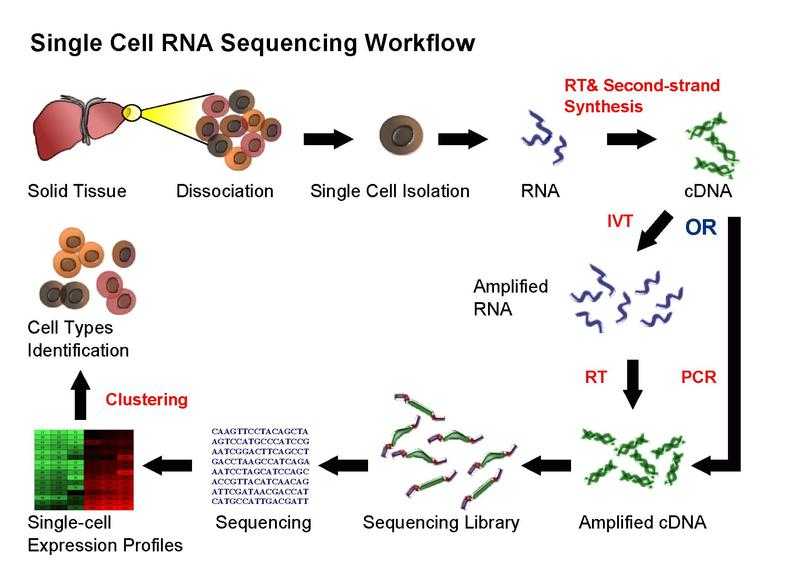Super-Antibodies
The deployment of antibodies as antiviral agents has progressed through a number of stages over the years, corresponding to increasing levels of potency of the reagent administered. Passive immunotherapy began with immune serum over a century ago, then progressed to polyclonal antibodies, then mAbs and now into highly potent human mAbs called as super-antibodies. Super-antibodies […]





